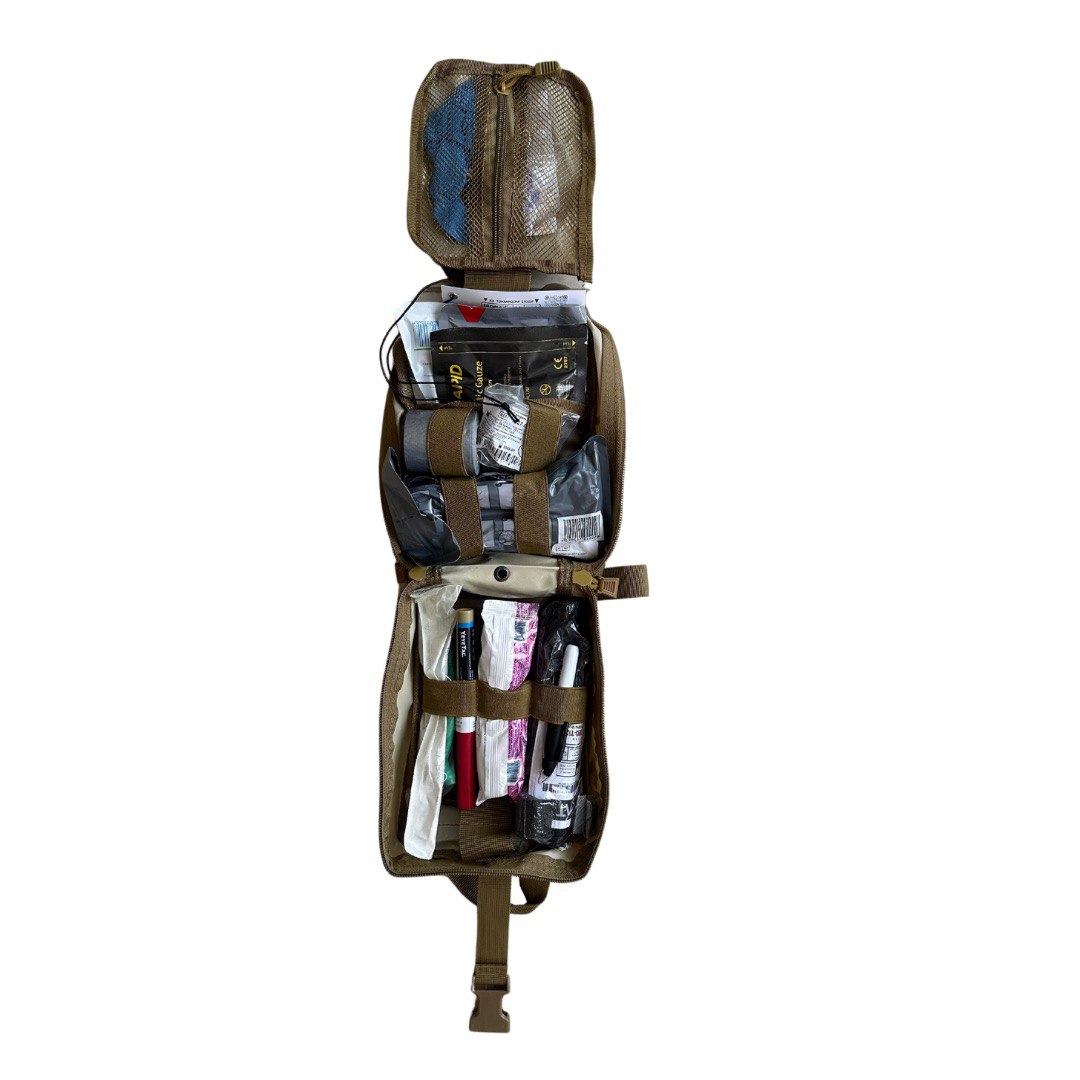What should be included in a car first aid kit
Content
- The purpose of a car first aid kit
- What should a car first aid kit contain?
- What types of car first aid kits are there?
- DSTU - Standard first aid kit for Ukraine
- DIN - First aid kit standard for the EU (European Standard)
- Rules for using a first aid kit
- Expiration date of the car first aid kit
- What is the fine for not having a first aid kit?
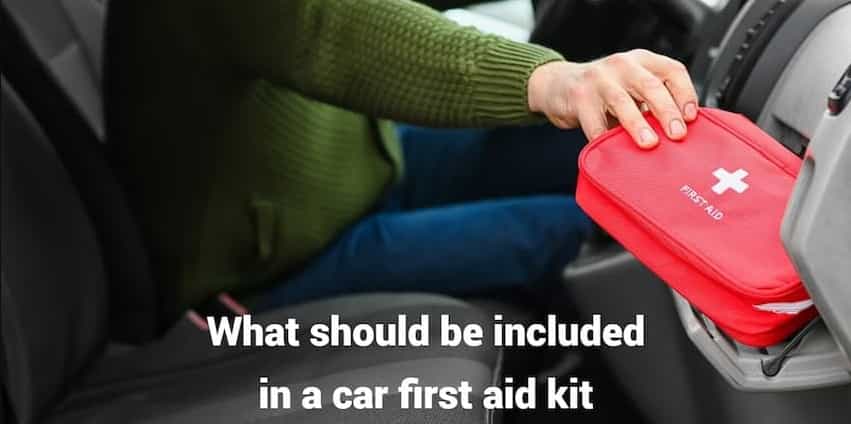
A car is not only about comfort and convenience, but also about the increased risk of road traffic accidents (RTAs). It is known that saving the health and life of a victim often depends on the timely provision of first aid, the availability of necessary medical equipment, such as a tourniquet to stop arterial bleeding or a chest bandage.
A car first aid kit is the minimum necessary set of medical supplies and medicines to provide first aid to an injured person. The use of motor vehicles without a properly equipped first aid kit is prohibited.
The purpose of a car first aid kit
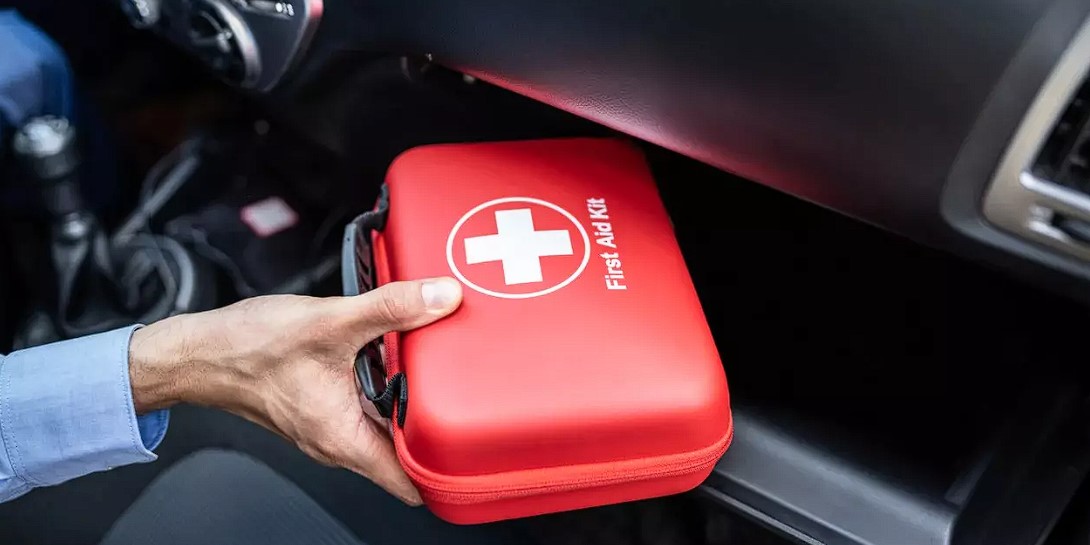
The car first aid kit is designed to provide first aid in accidents and other unforeseen situations on the road. It allows you to respond quickly to emergencies, ensuring that the necessary assistance is provided quickly, which significantly reduces the risk of complications and alleviates the victim's condition until the ambulance arrives. In difficult and dangerous road conditions, the availability of a first aid kit can be a decisive factor in preserving the lives and health of road users.
The contents of a first aid kit include basic medical tools and materials that may be needed to provide first aid. These include bleeding control products such as medical tourniquets and bandages, disinfectants and wound care products, and dressings. In addition, the first aid kit contains special devices to help with fractures, such as splints or braces, and products to treat and cure burns that may occur as a result of an accident.
In the event of an accident, every second counts, and a properly stocked first aid kit allows you to make the most of this time. It helps to stabilise the victims by reducing pain and preventing the development of shock, and prepares them for further professional medical care.
As a rule, the equipment of a driver's first aid kit is standard and meets the requirements of the current legislation. This ensures that any driver can use it to provide first aid to themselves and other road users if necessary. All drivers should regularly check the condition and contents of their first aid kits to ensure that all medical supplies are in good condition and ready to use in the event of an accident.
Thus, a car first aid kit is not just a mandatory attribute of a vehicle, but also an important tool for ensuring safety on the road. Its availability and proper use can save the lives and health of many people, making it an integral part of every trip.
What should a car first aid kit contain?
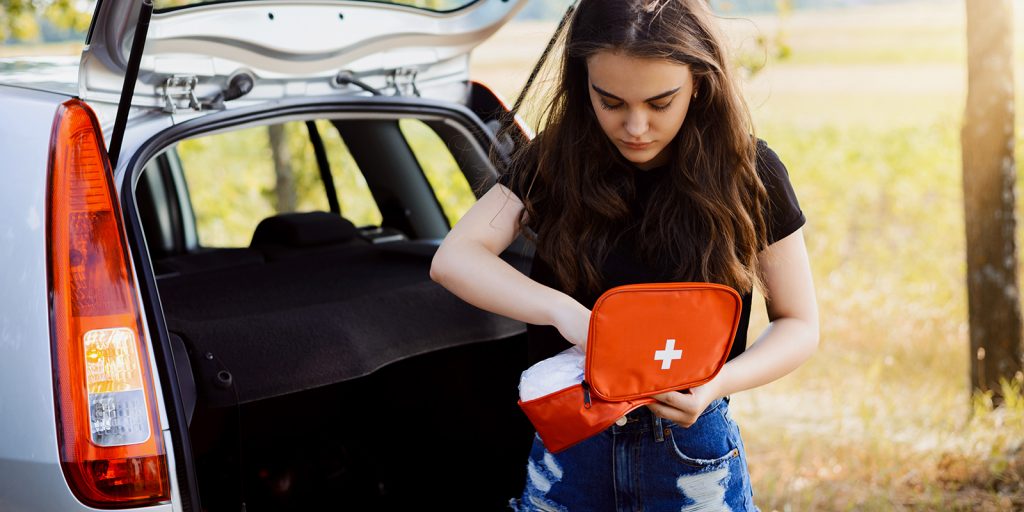
According to the rules, a car first aid kit must contain products that can stop bleeding, treat wounds, and help with fractures, burns, and other skin or bone injuries that may occur as a result of accidents.
What is the standard contents of a car first aid kit? The list of items that must be in it is as follows:
- Tourniquet to stop bleeding.
- Five packs of non-sterile bandages of different widths.
- Individual dressing package.
- Five packs of sterile bandages of different widths.
- Gauze bags (1 pack).
- Twelve bactericidal patches.
- A device for performing artificial respiration.
- Scissors.
- A pair of medical gloves.
- Spacious storage case for medicines.
- One roll of ordinary plaster.
- Instructions for using the contents of the first aid kit.
It is also important to remember that there should be two sets inside the case: emergency and operational.
What types of car first aid kits are there?
So, when considering the types of car first aid kits, there are several main categories. Among them, the most common are those designed in accordance with state standards (DSTU), technical specifications (TU) and European norms (DIN). Each type has its own characteristics, but all of them are designed to provide first aid in the event of a road traffic accident.
DSTU - Standard first aid kit for Ukraine
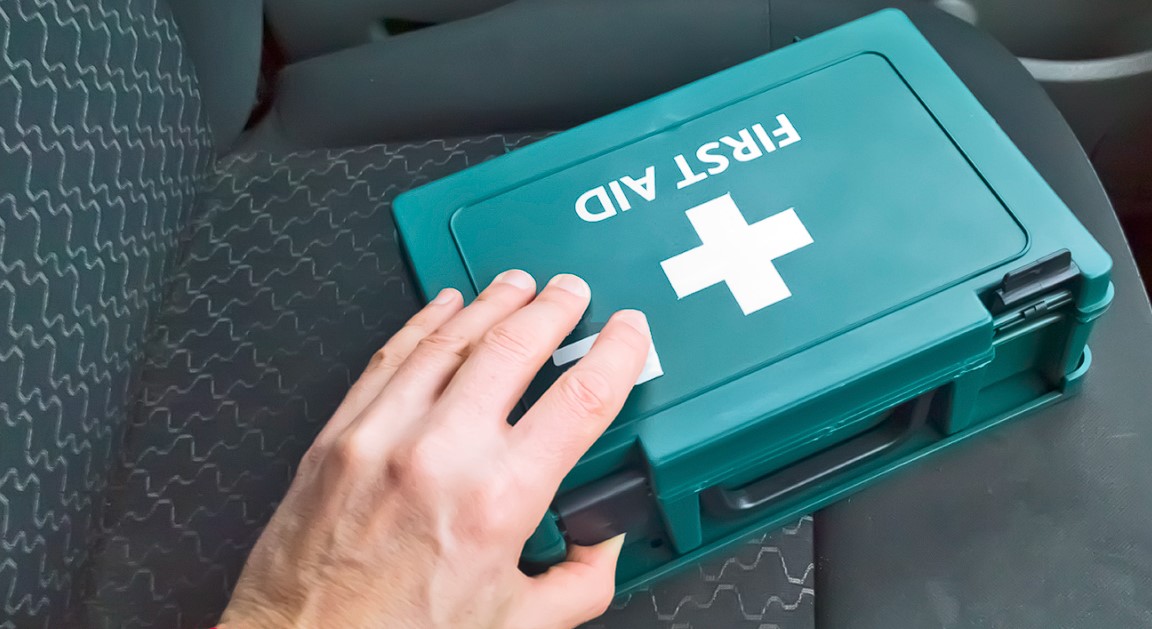
In accordance with the State Standard of Ukraine DSTU 3961-2000, car first aid kits must be a mandatory element of every car. These first aid kits are designed to provide first aid to drivers and passengers in the event of road accidents.
According to DSTU 3961-2000 (Amendment 2), a car first aid kit must contain the necessary medical products to provide first aid for various types of injuries and emergencies that may arise on the road. The standard also regulates the requirements for packaging, labelling and storage of the first aid kit, ensuring its reliability and ease of use in critical situations.
Depending on the type of vehicle, there are two types of emergency kits: the AMA-1 car first aid kit and the AMA-2 car first aid kit.
DIN - First aid kit standard for the EU (European Standard)
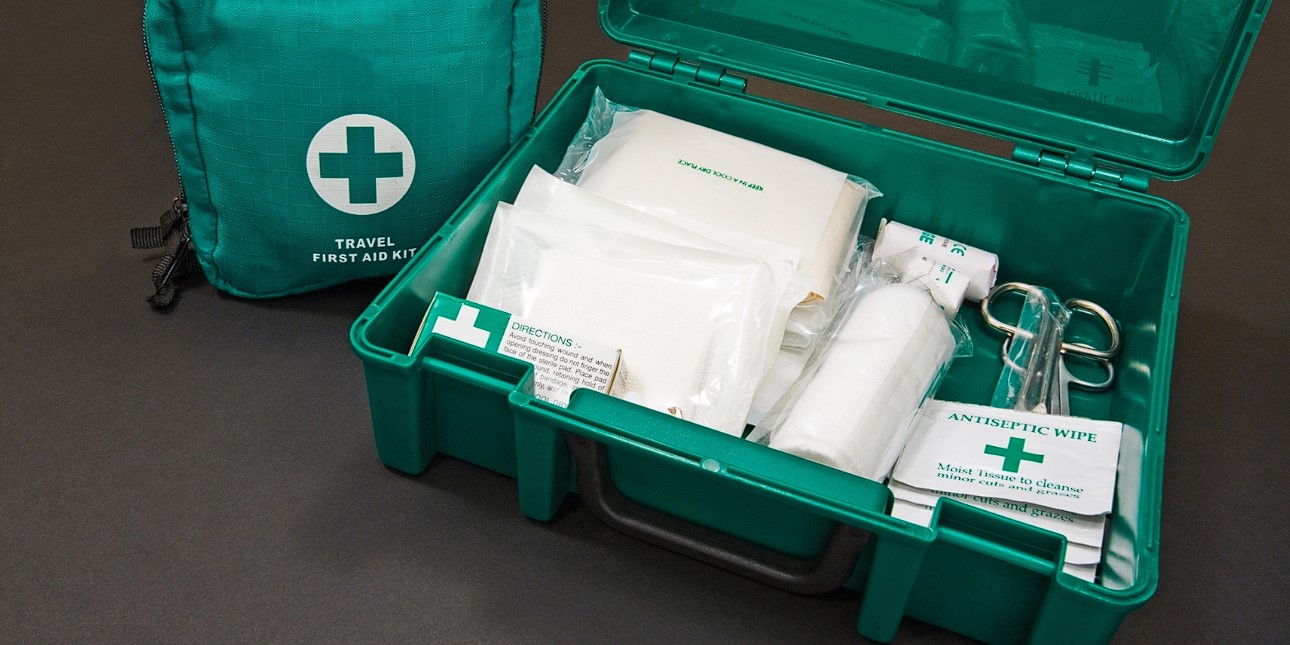
In accordance with the European standard DIN 13164, the car first aid kit is designed to be equipped in cars and trucks carrying more than 9 people. This first aid kit complies with European requirements and contains the necessary first aid equipment for accidents and injuries.
The contents of the first aid kit include products for stopping bleeding, applying bandages in case of injuries, as well as antiseptic and disinfectant products for skin treatment. For a more detailed list of contents of a car first aid kit, see the table below.
| Item | Quantity |
|---|---|
| Adhesive tape roll 2.5 cm x 5 m | 1 pcs |
| Adhesive plaster (10 x 6 cm) | 4 pcs |
| Elastic plaster (finger plaster) (4 x 6.5 cm) | 2 pcs |
| Elastic plaster (finger plaster) (4 x 6.5 cm) | 2 pcs |
| Water-resistant adhesive strip (1.9 x 7.2 cm) | 2 pcs |
| Water-resistant adhesive strip (2.5 x 7.2 cm) | 4 pcs |
| Bandage (soft dressing 6 x 8 cm) | 1 pcs |
| Bandage (soft dressing 8 x 10 cm) | 2 pcs |
| Bandage (soft dressing 10 x 12 cm) | 1 pcs |
| Sterile wound pads (60 x 80 cm) | 1 pcs |
| Sterile wound pads (60 x 40 cm) | 1 pcs |
| Elastic bandage (8 x 400 cm) | 3 pcs |
| Sterile dressing package (10 x 10 cm, 2 pcs/pack) | 3 pcs |
| Triangle bandage (136 x 96 x 96 cm) | 2 pcs |
| Paramedic scissors (14.5 cm) | 1 pcs |
| Wet wipes for cleaning unbroken skin | 3 pcs |
| Ventilation valve for artificial respiration | 4 pcs |
| Burn dressings | 4 pcs |
| Medical bandage triangles | 3 pcs |
| Thermal blanket 1.6 x 2.1 m | 1 pcs |
| Disposable gloves | 2 pairs |
| Safety pins | 12 pcs |
| Contents list | 1 pcs |
| First aid manual | 1 pcs |
Please note that different EU countries may have additional requirements for car first aid kits. Therefore, it is recommended that you check the specific requirements for the country you are planning to visit before travelling.
Rules for using a first aid kit
The rules for using a car first aid kit are quite simple, and any driver can effectively use its medicines and supplies. Here are some basic recommendations:
- Learn the purpose of each element of the first aid kit and how to use them correctly.
- Keep the first aid kit in an easily accessible place.
- Regularly check the expiry date and the tightness of the packaging of all first aid equipment.
- Update the contents of the first aid kit in a timely manner after using any products.
- It is also important to remember that rubber gloves should be worn when assisting victims. This will protect you from possible contamination and help avoid infections in the victim.
- To stop the bleeding, the tourniquet should be applied above the point of injury, and then bandages and wipes should be used.
- For mouth-to-mouth resuscitation, the first aid kit should contain a ventilator.
- Bactericidal plasters are used to treat small wounds and scratches.
It is best to take first aid training courses in advance so that you can act quickly and effectively if necessary.
Expiration date of the car first aid kit
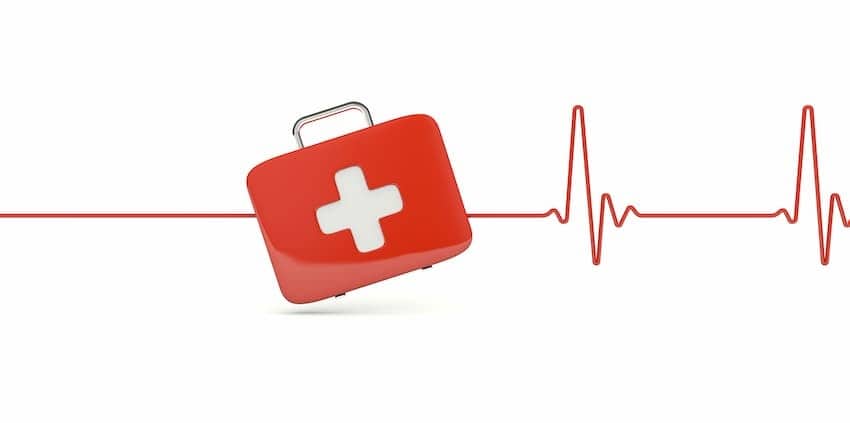
The shelf life of a car first aid kit depends on its contents, in particular, the medical materials and medicines it contains. For example, bandages have a long shelf life, usually several years, provided the packaging is not damaged.
Drugs and antiseptics have a much shorter shelf life. It is therefore important to store them in appropriate conditions. It is recommended that you check your first aid kit every few months and replace expired or damaged items.
The standard first aid kit has a shelf life of 4.5 years. The rubber tourniquet and plasters have a shelf life of more than 6 years and should be replaced after this period.
What is the fine for not having a first aid kit?
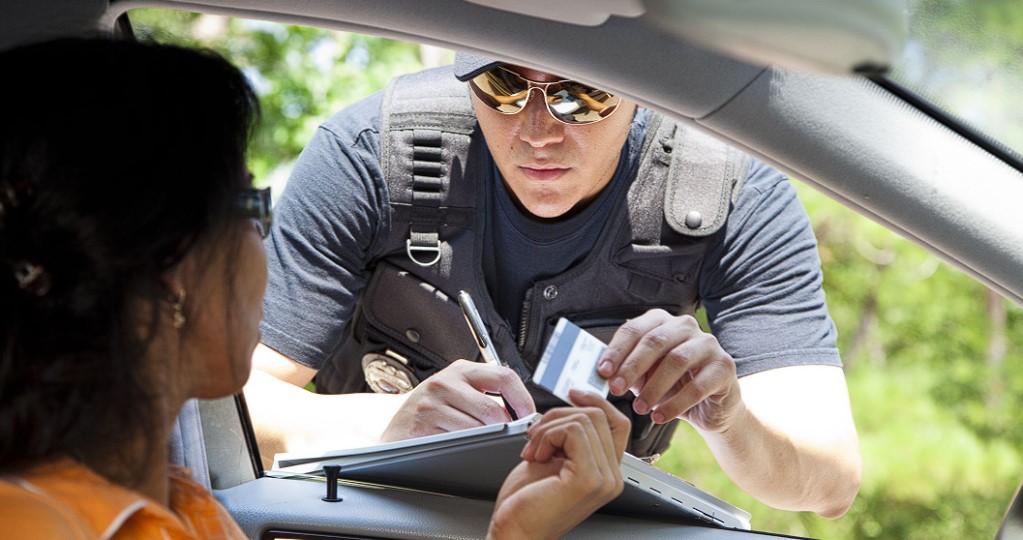
The lack of a car first aid kit can have serious consequences for both the driver and passengers. In the event of an accident, a first aid kit can save the life of the victim and also avoid troubles in the form of a fine for the car owner.
In Ukraine, a driver faces a fine of UAH 340 for not having a car first aid kit in accordance with Article 121(1) of the Code of Administrative Offences.
In other countries of the European Union, the absence or improper use of a car first aid kit can also lead to administrative fines that can range from tens to hundreds of euros.
Don't forget that having a first aid kit in the car is not only a legal requirement, but also an important element of safety for the driver and passengers on the road.
